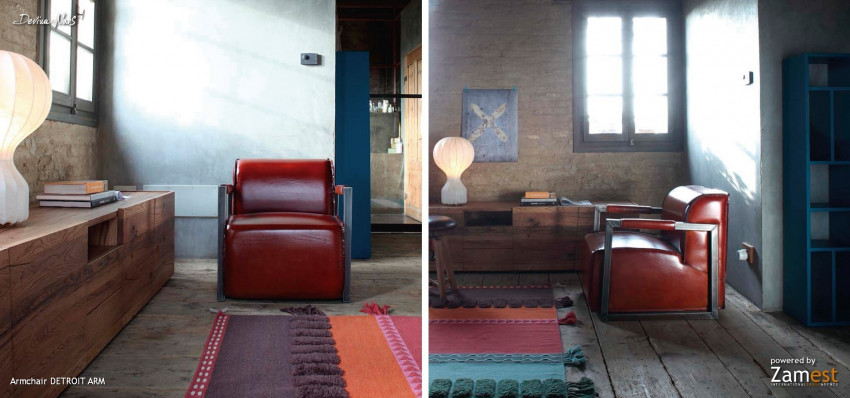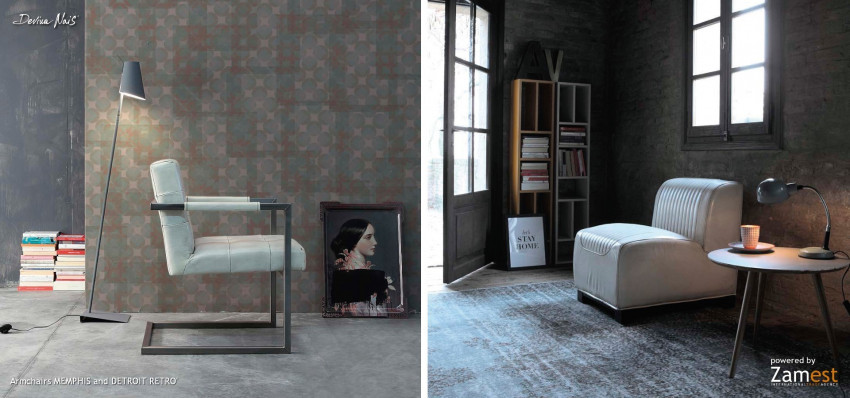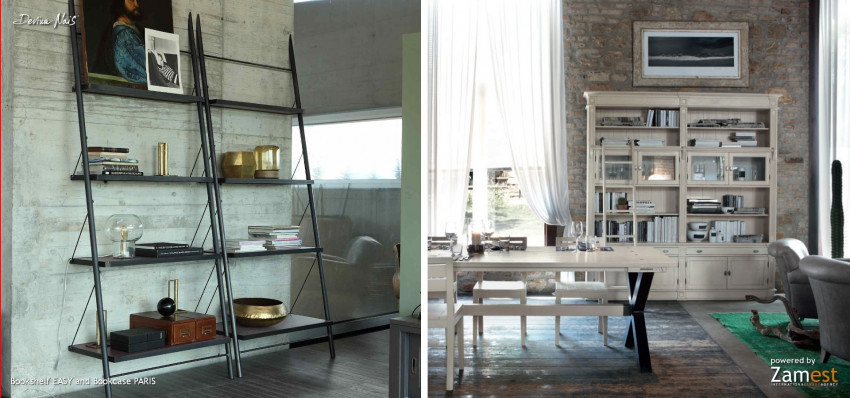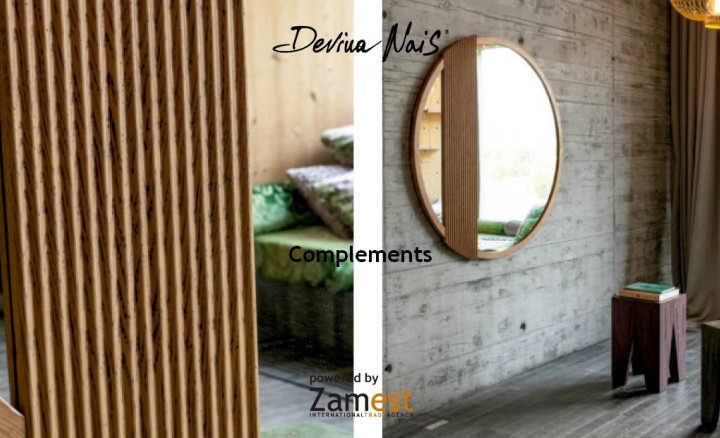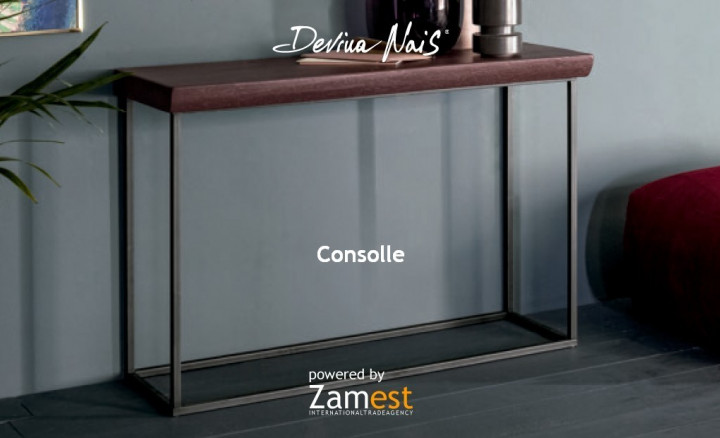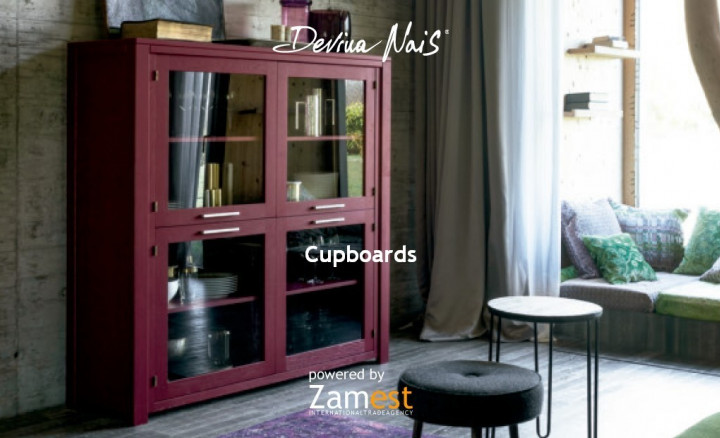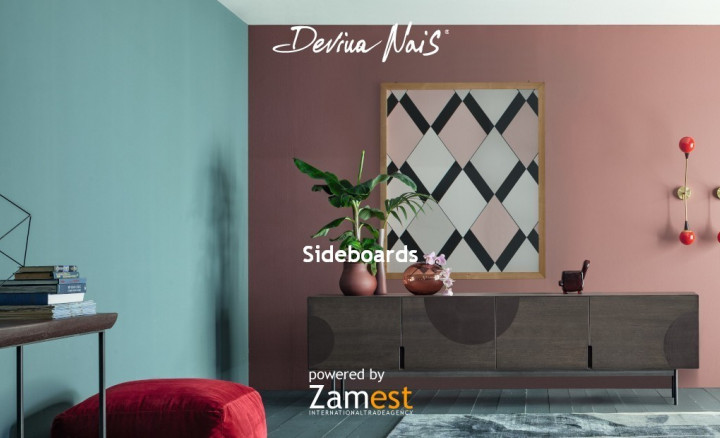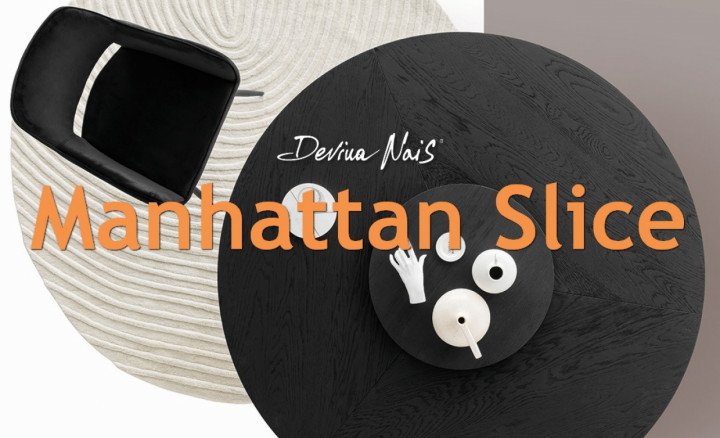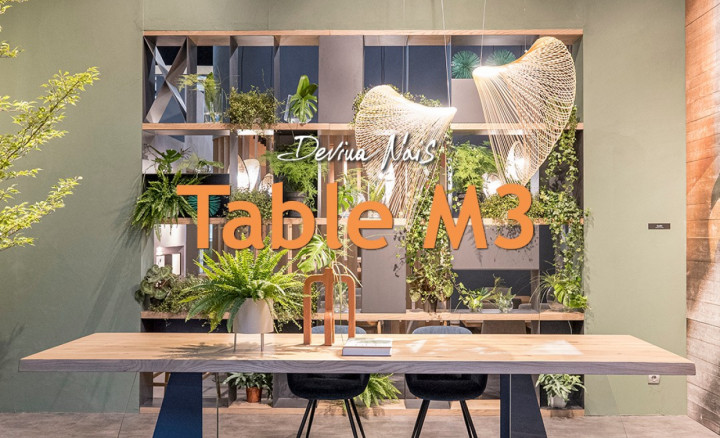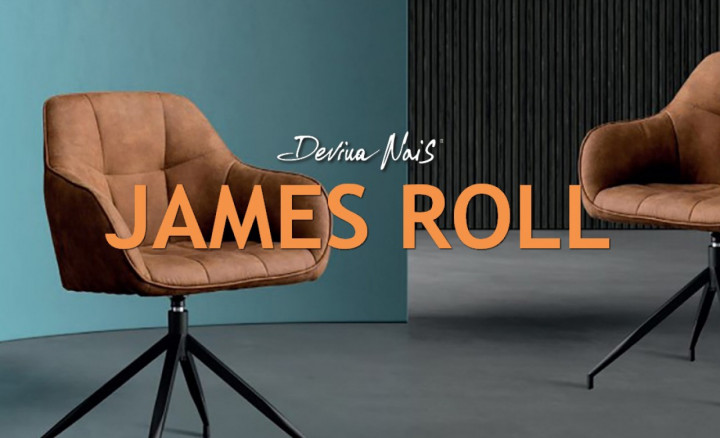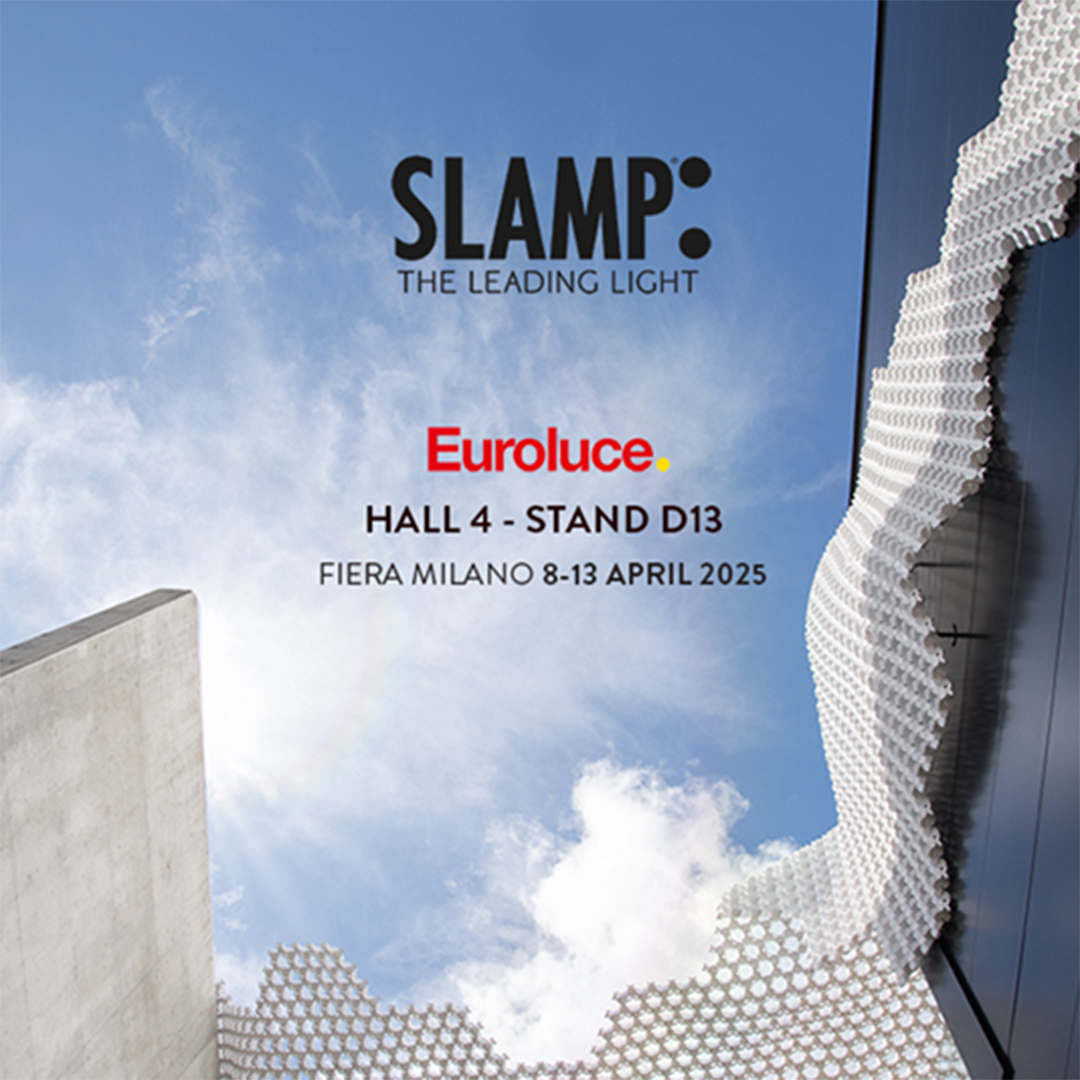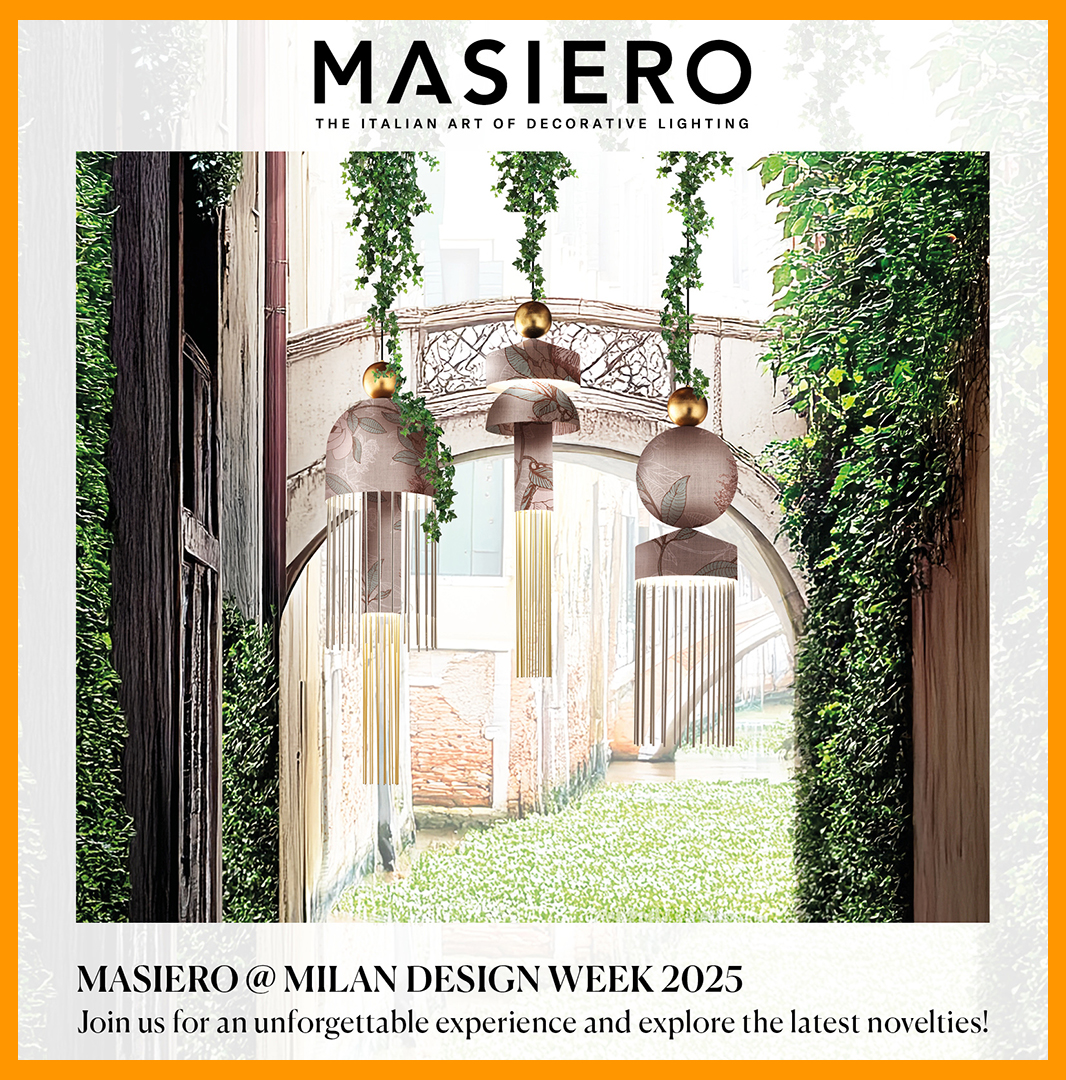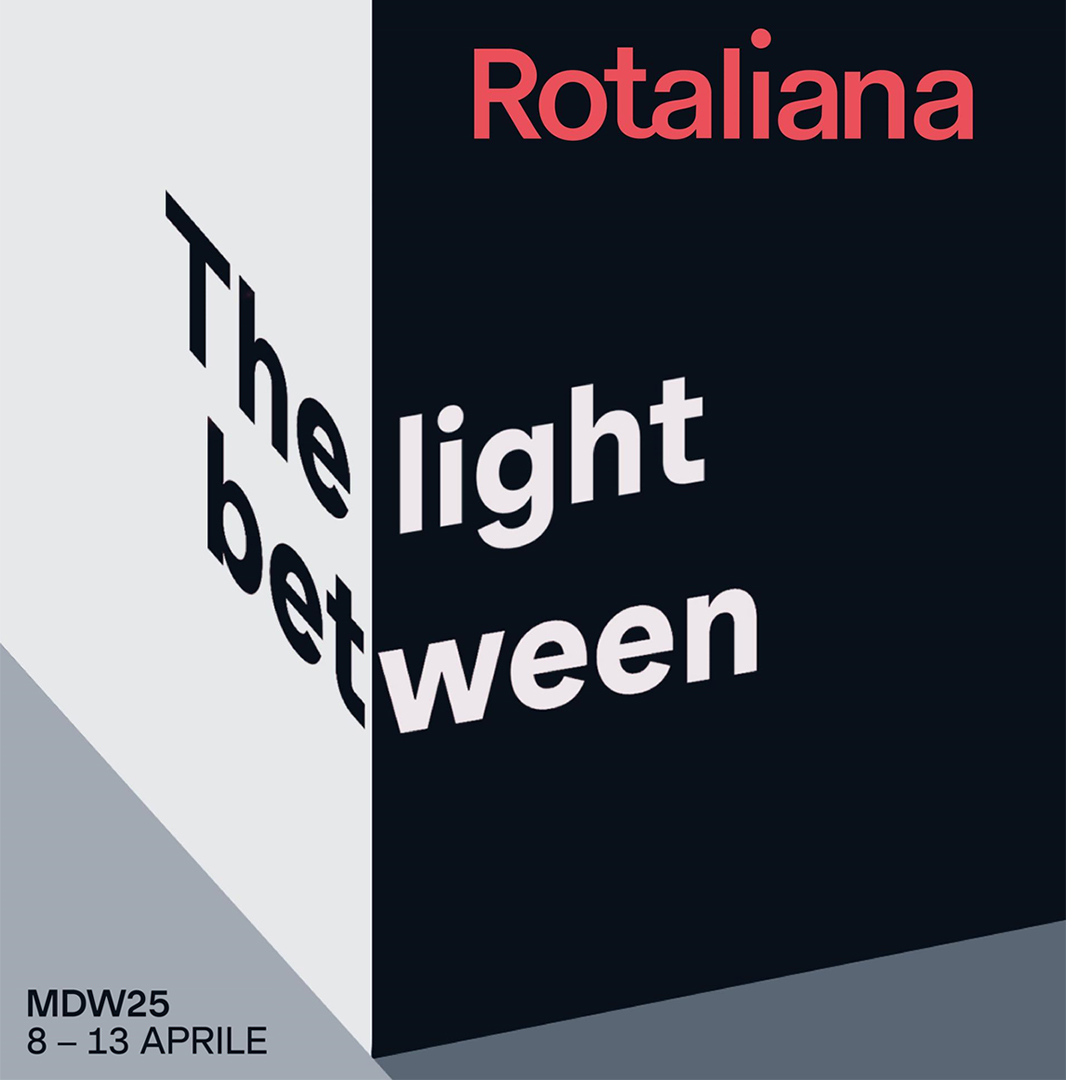The essence of wood declined to contemporary furnishings.
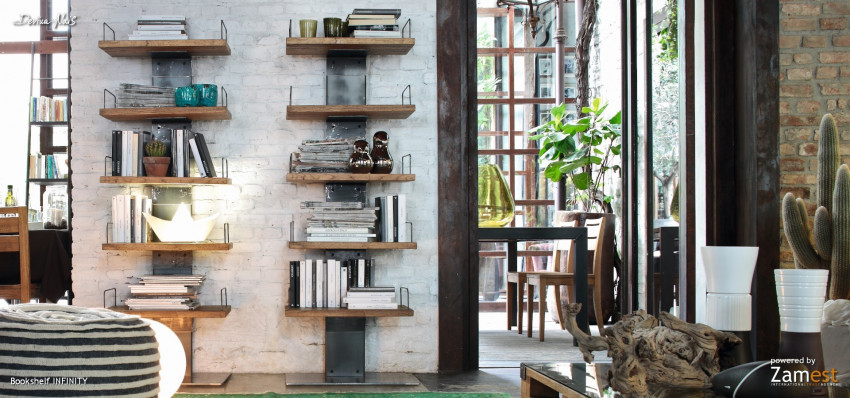
Increasingly loved by fashion and furniture designers, vintage style has created a "return phenomenon" in various areas of commerce; if before we only relied on authentic pieces from the attics and antique markets, today we see a new large production of objects that have nothing to envy to the originals.
To clarify a bit, let's define vintage furniture as the one that reproduces the style of at least twenty years ago.
The vintage style, therefore, also includes the neighbors of the 80s and 90s, although the most loved styles by far are those between the 50s and 70s, perhaps because they are more charismatic and particular, perhaps thanks to the vast film production that has made these ages an emblem.
But, it must be said, that today this style is often revisited in a more modern perspective, sometimes "contaminated", combining other motifs and pieces of furniture, for example with an "industrial" style, to the symbolic objects of the time: its characteristic "Minimal" ensures that the most particular products have greater prominence, thus creating a contained contrast and leaving the scene to the protagonists of the vintage.
Before going to work, it is necessary to understand to what extent to set the furniture on this style and, of course, in what era of the twentieth century we want to immerse ourselves in this journey through time.
Vintage furniture therefore includes a set of well-defined and different styles: let's see some examples.
The 1950s Vintage style is characterized by its rather clean lines, which create a functional and sober appearance, in which the first examples of appliances proudly become part of the home furnishings, sometimes in plain sight.
The economic improvement of those years involved the purchase of mass-produced objects, often in pastel colors or with clearly visible metal pieces (in memory of fast food, the most fashionable places at the time).
In the 60s the furniture began to stand out for its inspiration, became more colorful and often with bizarre shapes, plastic and optical patterns were preferred for fabrics and curtains, while the walls were colored with wallpapers with geometric designs from strong colors. The black and white contrast is also very popular.
The furniture inspired by the 70s becomes more sober, the display of technology and its latest discoveries is very important; wood is used in the darker essences in combination with metallic materials, which is also confirmed in the 80s style together with a preference for dark colors on the walls and a simpler atmosphere.
The 90s see the walls tinged with light colors, very often they are white. The furniture becomes very sober and all the furniture is designed primarily for their functionality and practicality, in an attempt to optimize spaces.
Furnishing vintage today requires being, first of all, passionate but also aware of the stylistic differences in the various historical moments to avoid making the mistake of buying pieces from different eras creating confusion of styles.
It is therefore better to focus on a decade or a couple of decades, making thoughtful choices to avoid creating a museum of the past in the living room, or in the entire home if you want to recreate this atmosphere in all the rooms.
The choice of materials and colors will then play a decisive role in creating the optimal amalgam. In any case, the warm tones and the materiality of the wood and the naturalness of the rusty or oxidized metal, combined with three-dimensional textures of finishes and fabrics, will be the ingredients to combine and dose.


